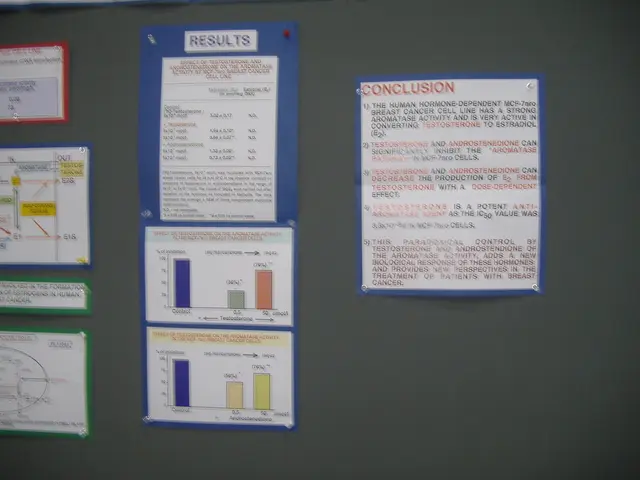Analysis of 2022 TRI National Statistics
U.S. Industries Report Toxic Chemical Data to EPA in 2022
The Toxics Release Inventory (TRI) Program, overseen by the Environmental Protection Agency (EPA), recorded data from more than 21,000 facilities across the United States in 2022. These facilities, which include industries and federal facilities, reported on their management of toxic chemicals used in the production of various products such as pharmaceuticals, computers, paints, clothing, and automobiles.
Each year, the EPA analyses the most recent TRI data, compares it with data from previous years, and publishes its findings in the TRI National Analysis. The EPA's findings from the analysis of the 2022 TRI data are available in the TRI National Analysis.
While most chemicals on the TRI chemical list are managed by facilities in ways that minimize releases into the environment, releases still occur as part of normal business operations. Under Section 313 of the Emergency Planning and Community Right-to-Know Act (EPCRA) and Section 6607 of the Pollution Prevention Act (PPA), facilities that meet TRI reporting requirements must report their pollution prevention and waste management activities, including releases of TRI-listed chemicals, by July 1 of the following year.
The geographical distribution of facilities reporting to the TRI Program for 2022 spans the entire United States. The reporting includes a variety of industries and federal facilities managing toxic chemicals. The TRI database allows analysis by geographic location to determine facility density or chemical management levels by area.
For the most precise geographic distribution, the EPA provides publicly accessible TRI datasets and online tools like the TRI Explorer and Envirofacts that allow users to query facility counts and chemical releases by location for the 2022 reporting year.
It is the right of the public to know what TRI chemicals are being used in their community, how the chemical waste is managed, and whether these quantities have changed over time. The Catalog of Applied TRI Data Uses provides information about how EPA and others have used TRI data.
The EPA's mission is to protect human health and the environment. By promoting transparency and accountability, the TRI Program plays a crucial role in achieving this mission.
- The Toxics Release Inventory (TRI) Program, supervised by the Environmental Protection Agency (EPA), recorded data from industries and federal facilities that handle toxic chemicals used in the production of various products like automobiles, pharmaceuticals, and paints.
- Under Section 313 of the Emergency Planning and Community Right-to-Know Act (EPCRA) and Section 6607 of the Pollution Prevention Act (PPA), these facilities must report their pollution prevention and waste management activities, including releases of TRI-listed chemicals, by July 1 of the following year.
- The geographical distribution of facilities reporting to the TRI Program spans the entire United States, with a variety of industries, including the automobile industry, managing toxic chemicals.
- The EPA provides publicly accessible TRI datasets and online tools like the TRI Explorer and Envirofacts, allowing users to query facility counts and chemical releases by location for the 2022 reporting year, contributing to the environmental science of waste management.
- The Catalog of Applied TRI Data Uses, provided by the EPA, offers information about how TRI data has been used, including details about chemical waste management in specific communities and changes in the quantities of TRI chemicals over time.
- By promoting transparency and accountability through programs like the TRI Program, the EPA aims to fulfill its mission of protecting human health and the environment, addressing concerns related to waste, air pollution, and chemical safety in the industry and beyond, merging the fields of science, environmental-science, and even finance.






